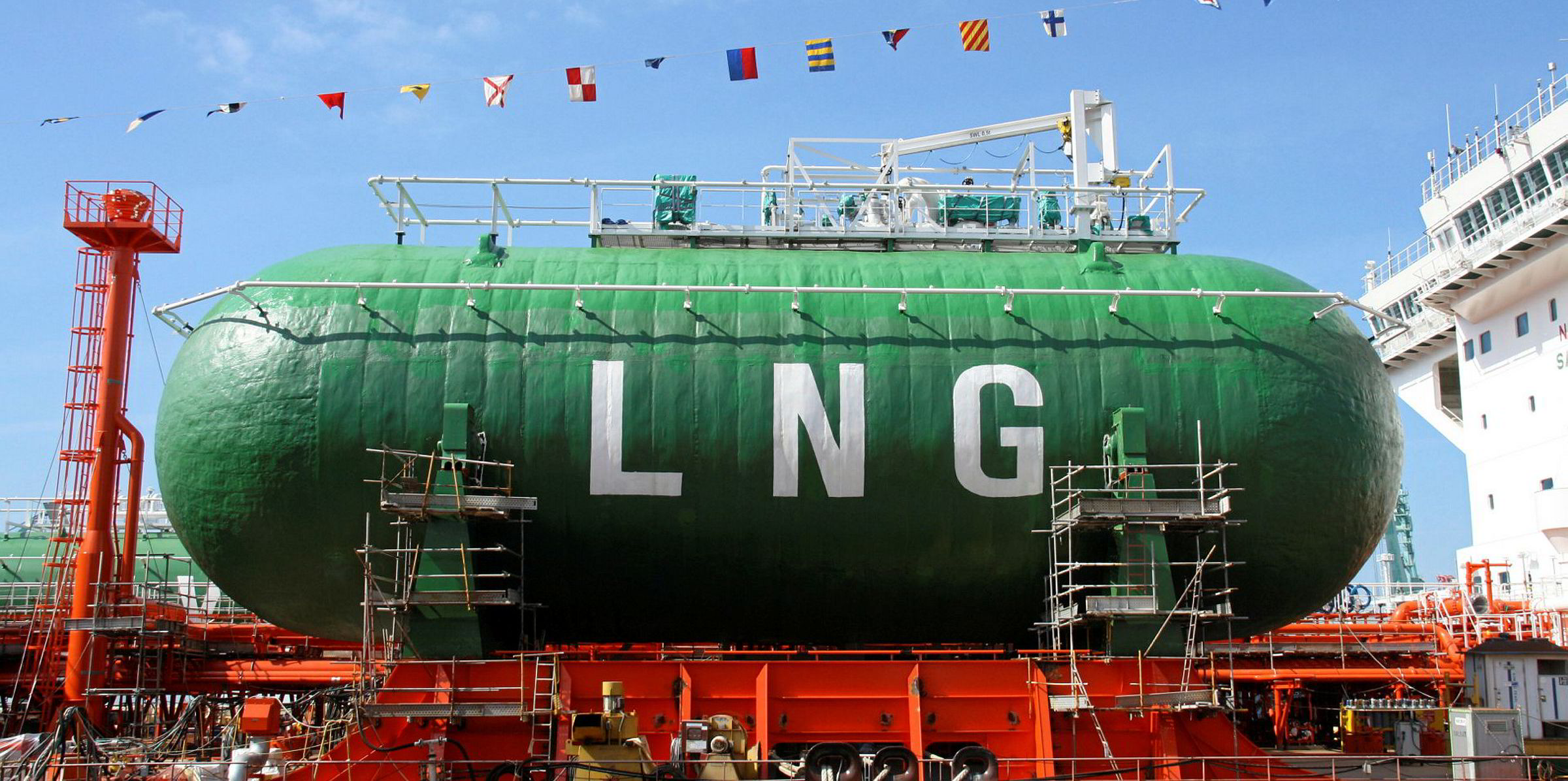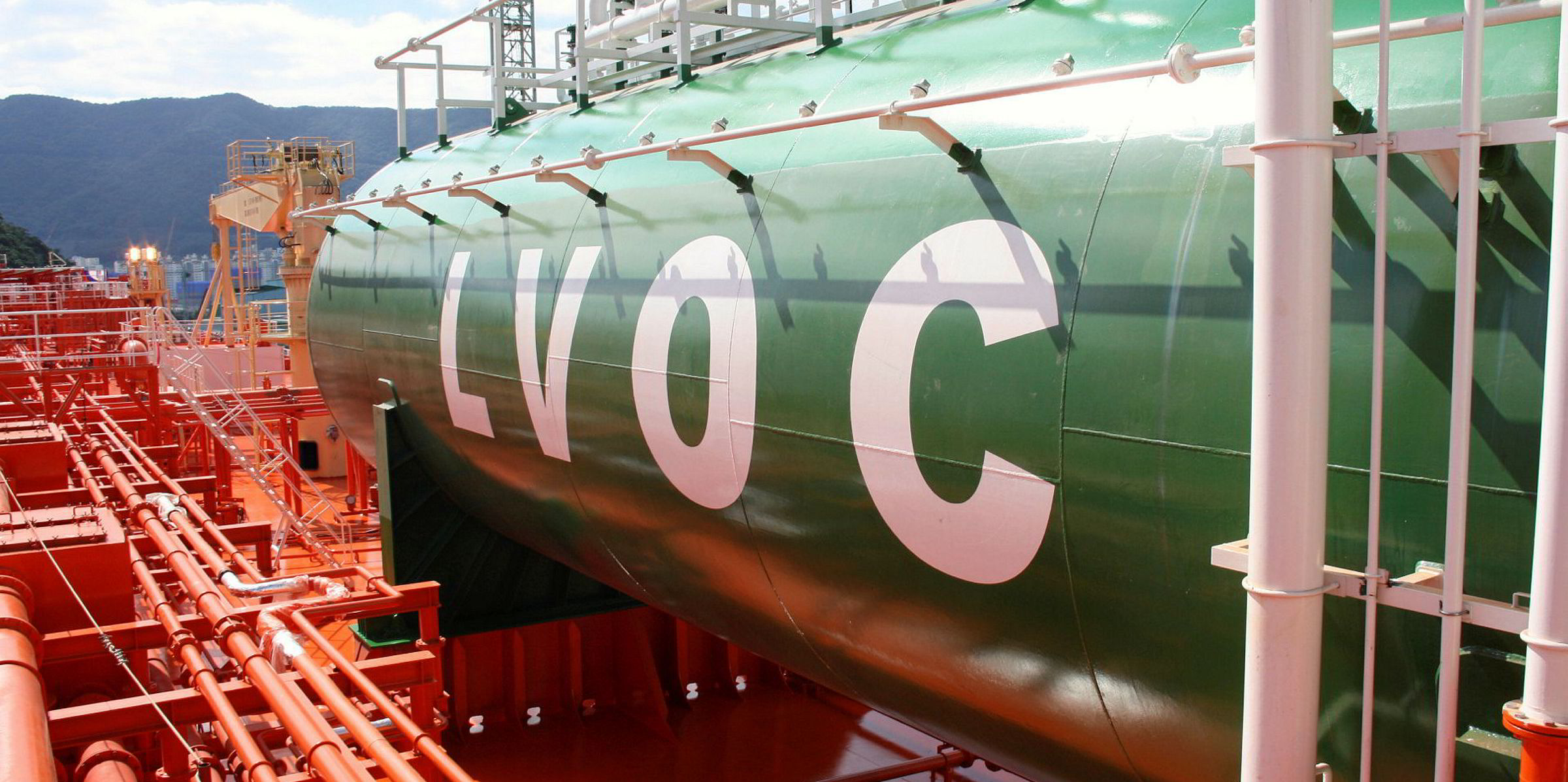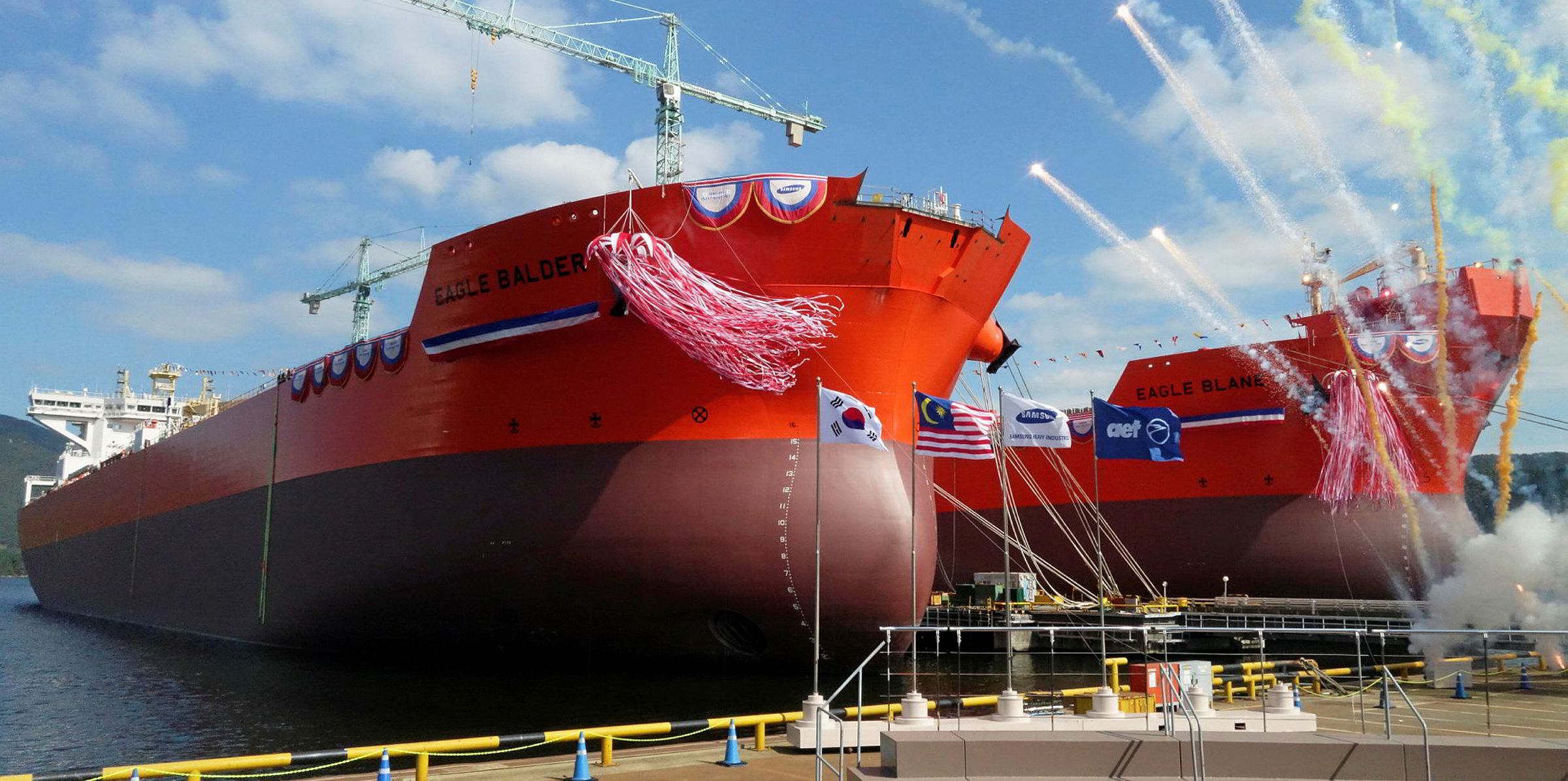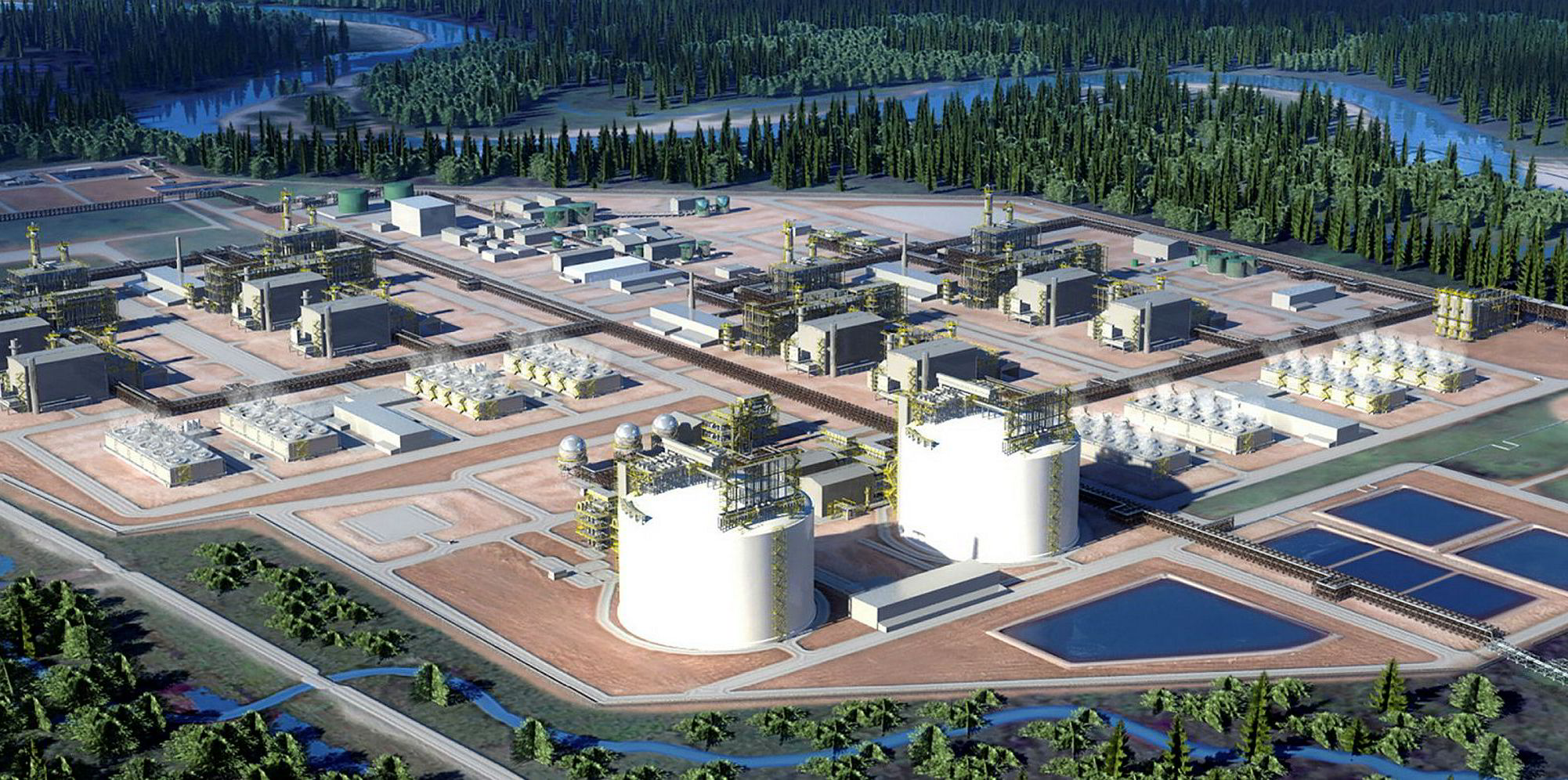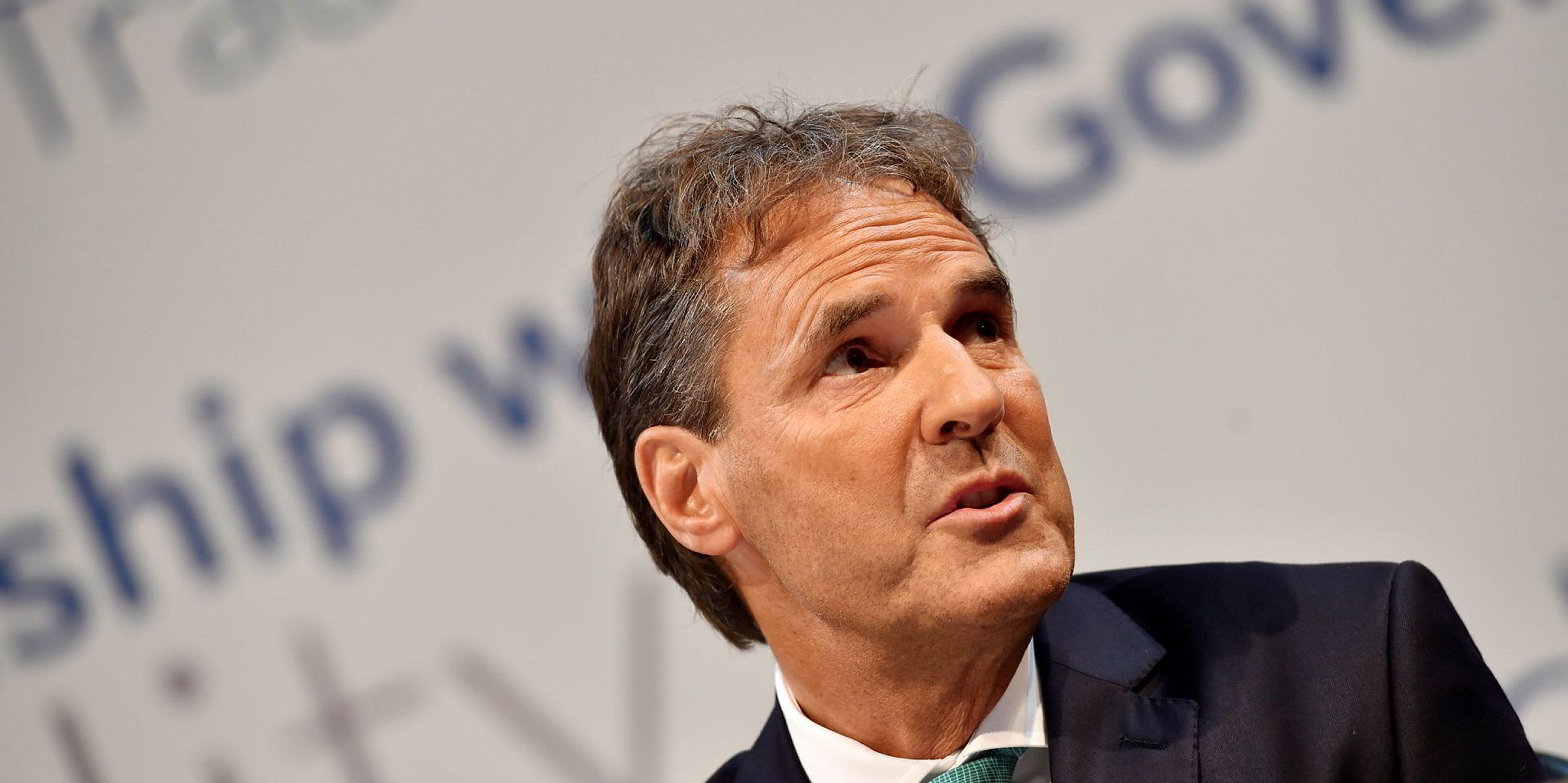Kuala Lumpur-based MISC Berhad and its AET Tankers subsidiary are betting that renewed activity in the oil and gas markets will help them achieve their aims of re-equipping their extensive fleets with a new generation of LNG-fuelled ships.
Last week, Singapore-based AET officially named two LNG dual-fuel, dynamic-positioning shuttle tankers at Samsung Heavy Industries that were built against a seven-year contract with Equinor.
Dubbed the Next Generation shuttle tankers, the 123,000-dwt Eagle Balder and Eagle Blane are expected to emit 85% less SOx, 98% less NOx, 98% less particulate matter and 93% less black carbon particulates than similar shuttle tankers burning conventional fuel when they go in to service early next year.
As such, they will meet the IMO’s target of reducing CO2 emissions by 40% against 2008 baselines by 2030, and halving CO2 emissions by 2050.
They are the type of ship that Kuala Lumpur-based MISC and AET hope to build exclusively in the future.
Senior MISC and AET executives revealed to TradeWinds at the naming ceremony that they are eyeing up contracts in the oil and gas transport and offshore markets that, in total, represent capital expenditure of up to $6bn.
MISC president and group CEO Yee Yang Chien attributed this smorgasbord of available projects to a sudden spark in the energy markets.
“The first six months of this year were extremely quiet,” Yee said. “We knew the potential contracts, tenders or projects coming our way but none of them were activated by the clients. Somehow in the past 60 days, everything just came alive. Everyone has been kept busy and we are working close to, but not in excess of, $6bn-worth of projects bids.
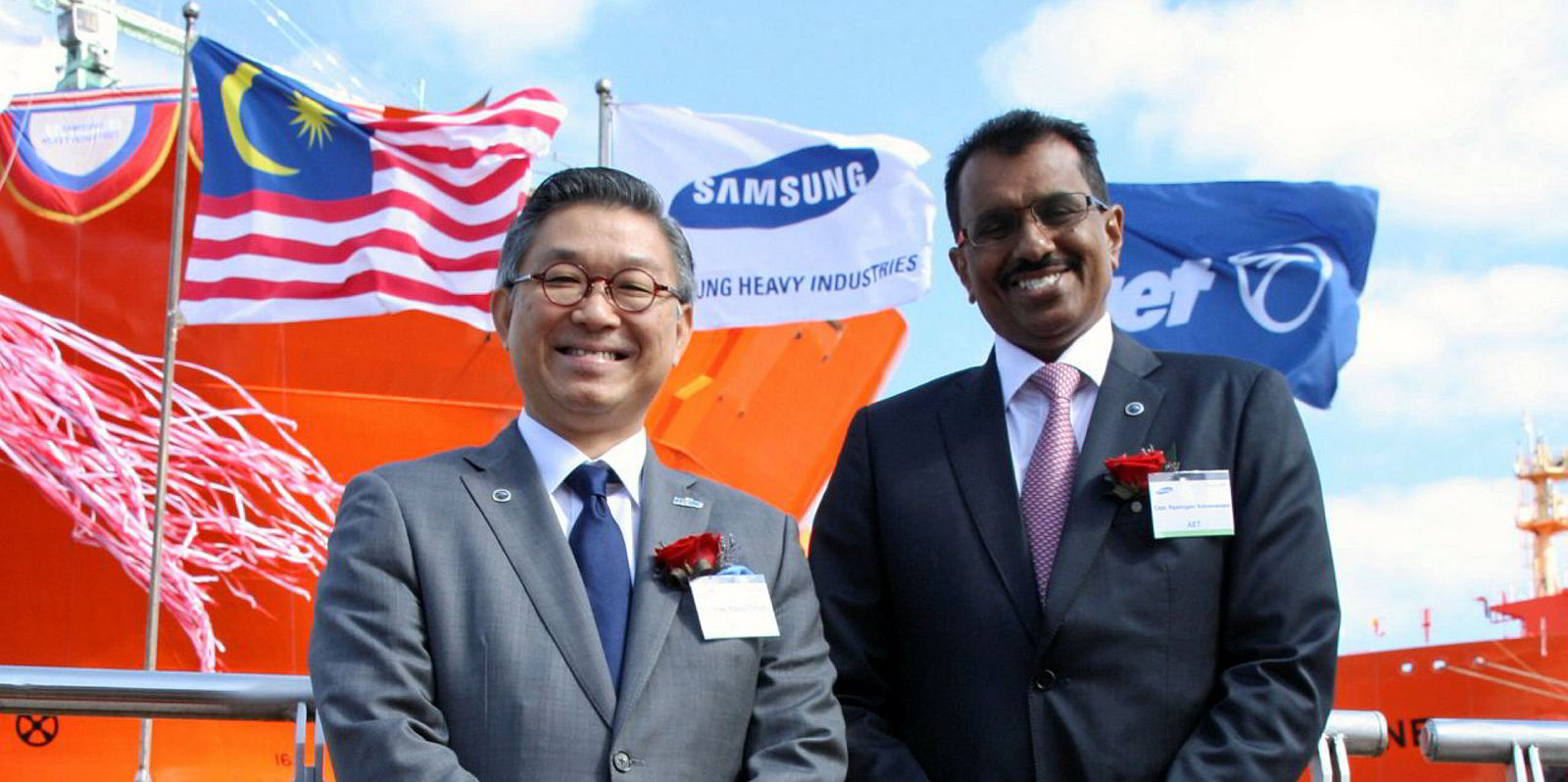
"We know we can't do all of them. We know we will not win all of them. But it's a healthy pipeline of potential projects and we are quite confident we can get some of these."
Yee in part attributes this sudden jump in market activity to Qatar’s LNG Carrier mega-order project announced earlier this year, which will see between 60 and 100 newbuildings ordered.
“That got everyone all excited, and I think it created fear in the general industry that this one big order is going to push yard prices up, and that led to a lot of the projects which were being talked about but not activated all going live around the same time,” he said.
MISC and AET effectively cover all sectors of the energy transportation space. MISC’s focus is on LNG carriers and floating production systems, while AET concentrates on the liquid petroleum sector.
Despite many potential contracts emerging in all of these segments, MISC and AET are keeping a tight focus on projects that will help it to meet its IMO 2030 emissions targets. Projects that have an LNG dual-fuel element in them will be given top priority.
“Any investments must, first of all, result in some long-term contract arrangement, whether it is a time charter for an FPSO [floating production storage and offloading facility] or time charter for a ship,” Yee said. “That has always been fundamentally what drives our choice of investments.
“Then, after that, it is a question of which project, which client, because we can't do all. We absolutely have to prioritise. We need to assess which is the preferred one and which is not.”
The preference, according to Yee, is firmly on eco-projects.
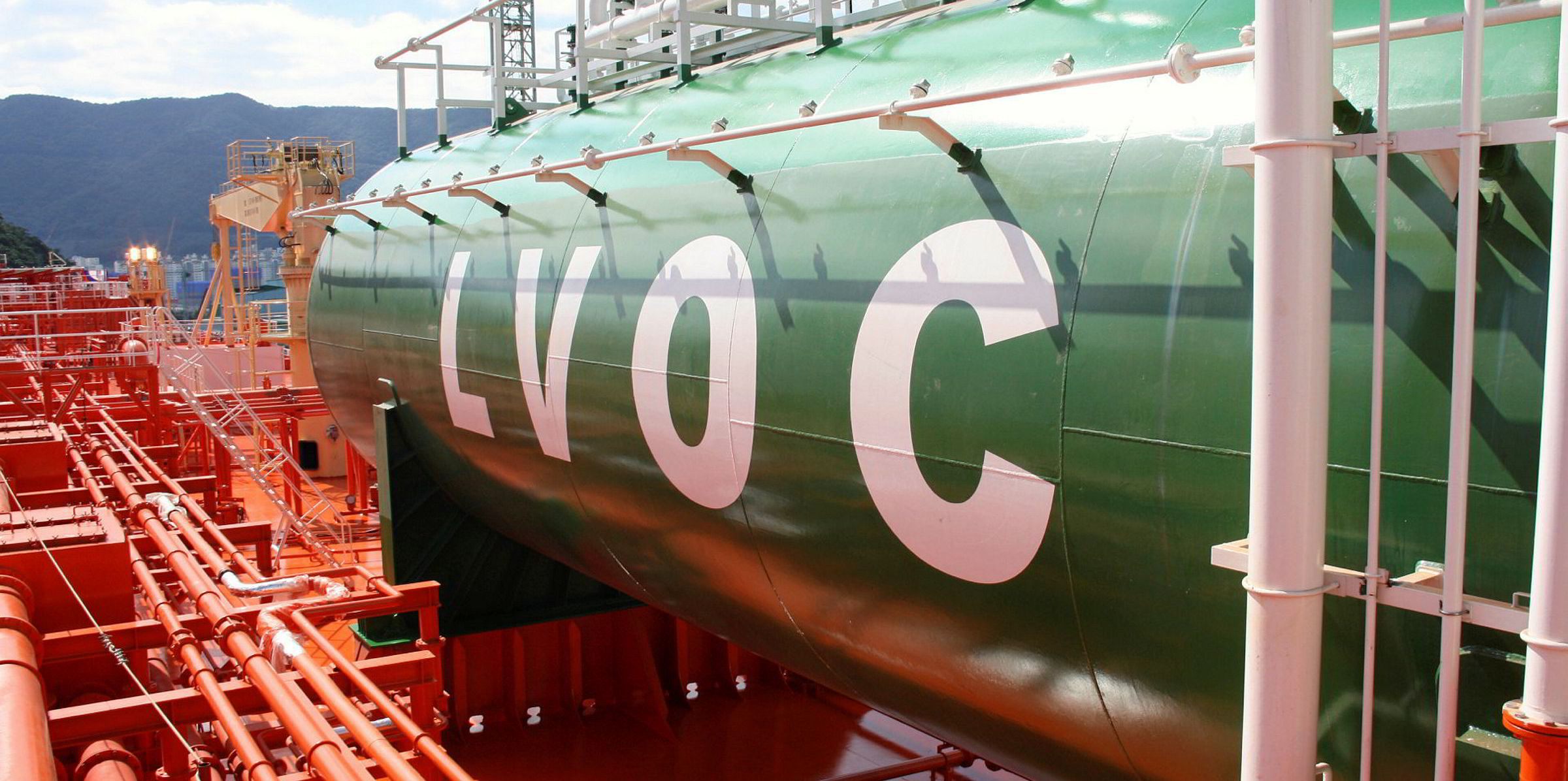
“Fleet rejuvenation in our organisation is going to be based on eco-solution assets,” he said. “We are taking big bets as far as LNG fuel. For us, it is a priority for all future contracts. Getting to zero carbon is not about a silver bullet. I think sometimes we get caught up in too many long, drawn-out intellectual discussions about what the solution is.”
Yee believes there will be many different fuel solutions needed, as demands vary depending on where and how the ships are operated.
“I think it is about connecting an ecosystem of different fuel types, each all zero carbon,” he said. “And while we wait for that to happen, LNG is available. Use it first — it is going to be good for another 15 to 20 years before the zero-carbon solutions become viable, or at least financially viable, for all shipowners.
AET president and chief executive Rajalingam Subramaniam stressed that contracts involving new vessels using conventional fuel, while not a priority for his company, are still a possibility.
“It is still within the goal fairway, but very near the out-of-bounds range, not in the middle,” Rajalingam said.
“We would like to encourage our clients — convince them why they should consider dual-fuel — and ultimately find a compromise in terms of conventional acceptance between us as a shipowner and them as a charterer.”
Yee does not appear worried that the extra cost of LNG fuel systems could reduce the size of the customer pool, restricting it mainly to the larger oil majors who have the financial resources and the need to project a public image of going green.
“I know that being so selective could be a cost for us in the sense of foregone opportunities,” Rajalingam said. “Perhaps given where we are today in terms of our asset portfolio, we can afford to be choosy. But I think it is more important for us to make a strong statement in terms of what we stand for.”
